46022 Valencia - Spain ES

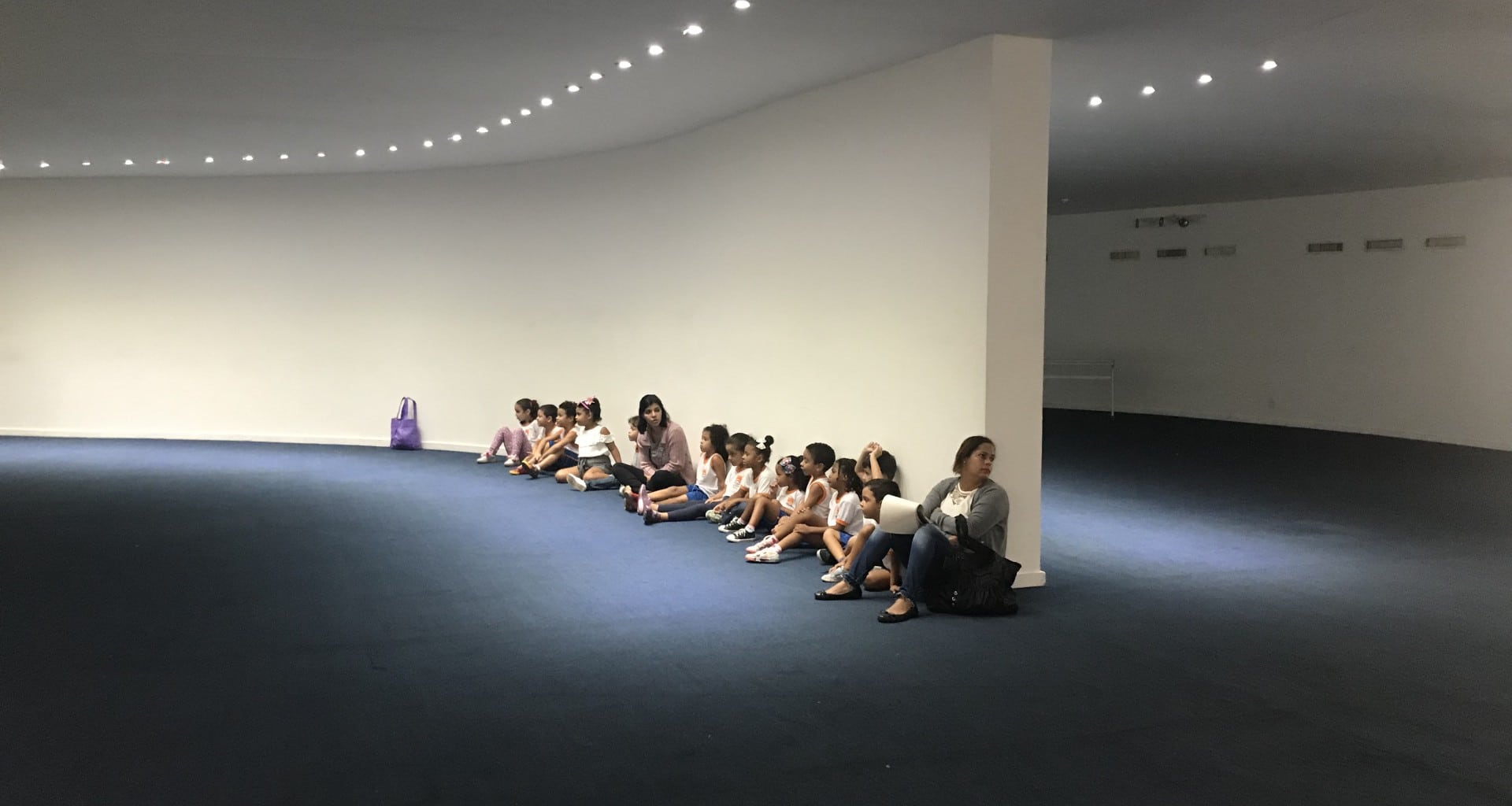
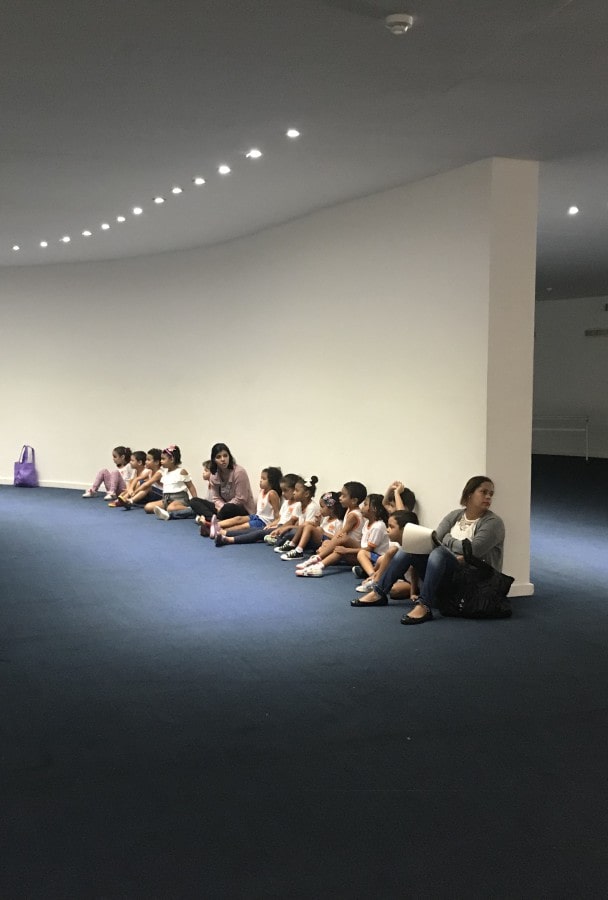
If we consider the definition of "Action", we find, in synthesis: "Fact, act or operation that implies activity, movement, as opposed to stillness or non-physical action". In a building, the structure transmits loads to the ground ("action") and remain static with a subsequent resistance (reaction) to the mentioned loads. It will be a priority objective for the architect or engineer to seek, through calculation, the ideal point of balance between these two different forces.
When actions are personal in any field, scale or direction (motivation), they can also have a reaction response (stimulus). In this case, acts and actions involving people, even institutions. A chain effect is then produced, connecting events and guiding them to unexpected results. Acting for the benefit of the community is the spontaneous practice I always defended in my personal, professional and academic management. It is a privilege to follow the chain of successive events, especially when the reaction is positive. It is much more exciting than the triggering action.
Examples:
The Prometheus project action aims to virtually catalogue the architectural heritage of the Kama River (Russia, close to the Urals). This action will reveal a number of architecturally rich buildings, destroyed during the period of the Revolution. The reaction has been very favourable, initiating many interactions linked to the project. The inhabitants of the area will be able to see what the monuments were like, the community will set up cultural efforts, a historical and tourist route will be organised, the materials and techniques used 100 years ago will be presented... all in all, a very positive result on a social and artistic level.
The measure proposed by the “Reconnecting With Your Culture_RWYC project” is to integrate cultural heritage in children at the age of five. Education and Culture are promoted under the 2030 Agenda. The idea is to provide a better future for those children. The reaction is not only in childhood with a real interaction with parents, fostering a unique family bond of help and understanding and learning for all. There is an additional response in institutions and schools that give support and tangible results of great human value. Architectural heritage is fundamental not only because it develops fun and friendly workshops. It also adds the reaction of raising awareness and appreciating those constructions that live with us day by day and are a legacy of a place that no longer goes unnoticed. It is a link of knowledge and identity of people with their place of origin and their customs.
http://esempidiarchitettura.it/sito/edakids-reconnecting-with-your-culture/
The actions corresponding to the workshops have a very immediate reaction. Learning and exchange of knowledge arise from the very first moment. Results are meaningful and generate proactive synergies. Furthermore, the interaction between university students from different countries and teachers promotes a chain of invaluable events. The chance of continuing a workshop in another country exists. In the same way, learning about other techniques and systems related to technology applied to architecture and engineering is a landmark. It favours the framework of projects and research alternatives, multidisciplinary work and the interpersonal relationships that end up in consolidated families in the future.
https://kapadokya.edu.tr/etkinlikler/heritage-and-vernacular-architecture
The actions that start through the organisation of conferences incite a curiosity from the first moment. Hence the most immediate reaction: considerations about speaker's perspective and speech, fame, possible empathises and engages, a question concerning the organiser... A chain reaction of self-complacency is produced on the part of the spectator, who immediately connects, giving a very satisfactory result in a reciprocal way. There is no chain sequence, it is simply gestural and sonorous (vocal), by the one who initiates the action (speaker) and an undisguised reaction on the part of the one who receives the action (listener). The reaction appears when a debate is produced, as it happens in the theatre where the actor is the alter ego of the speaker.
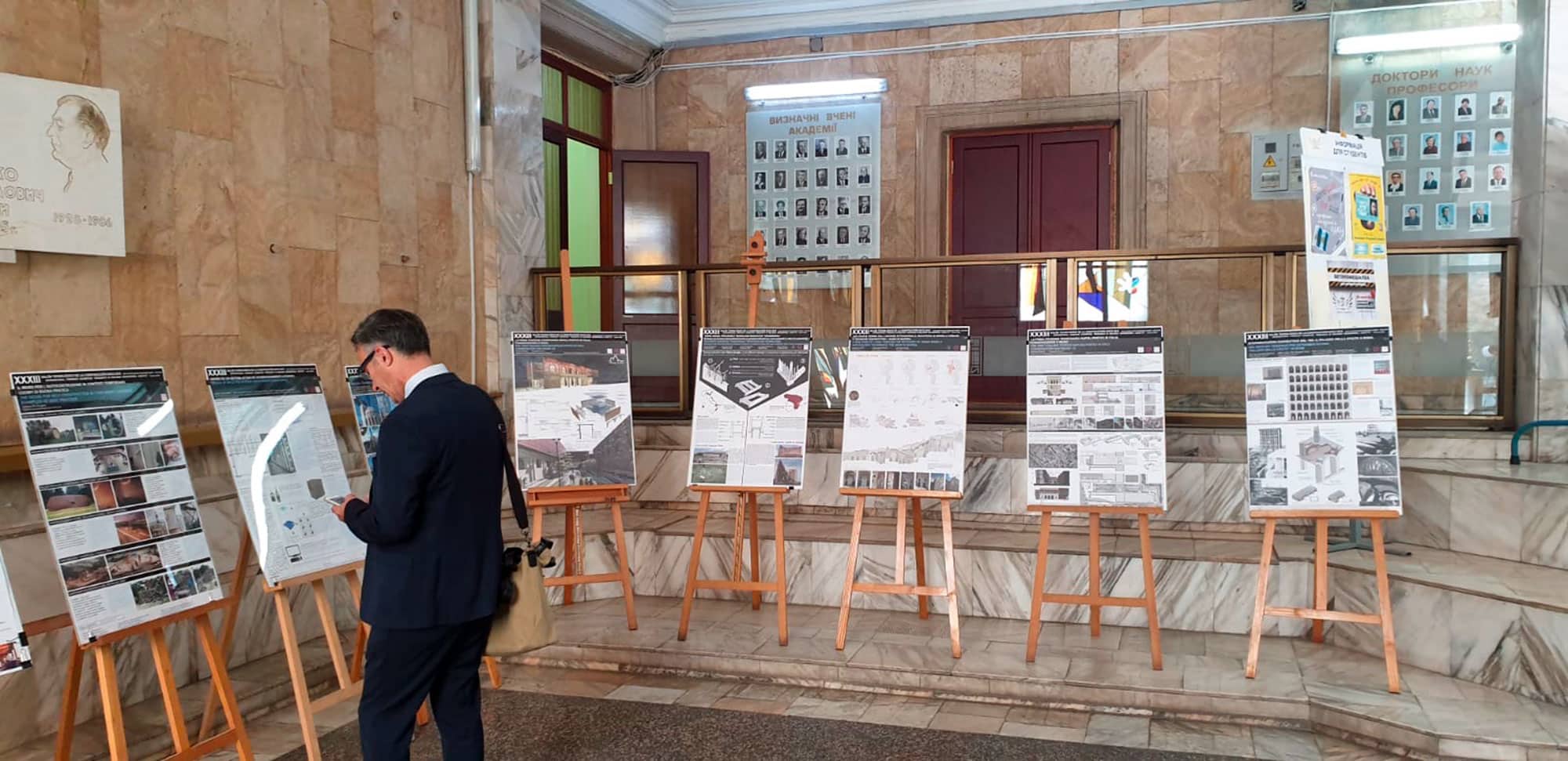
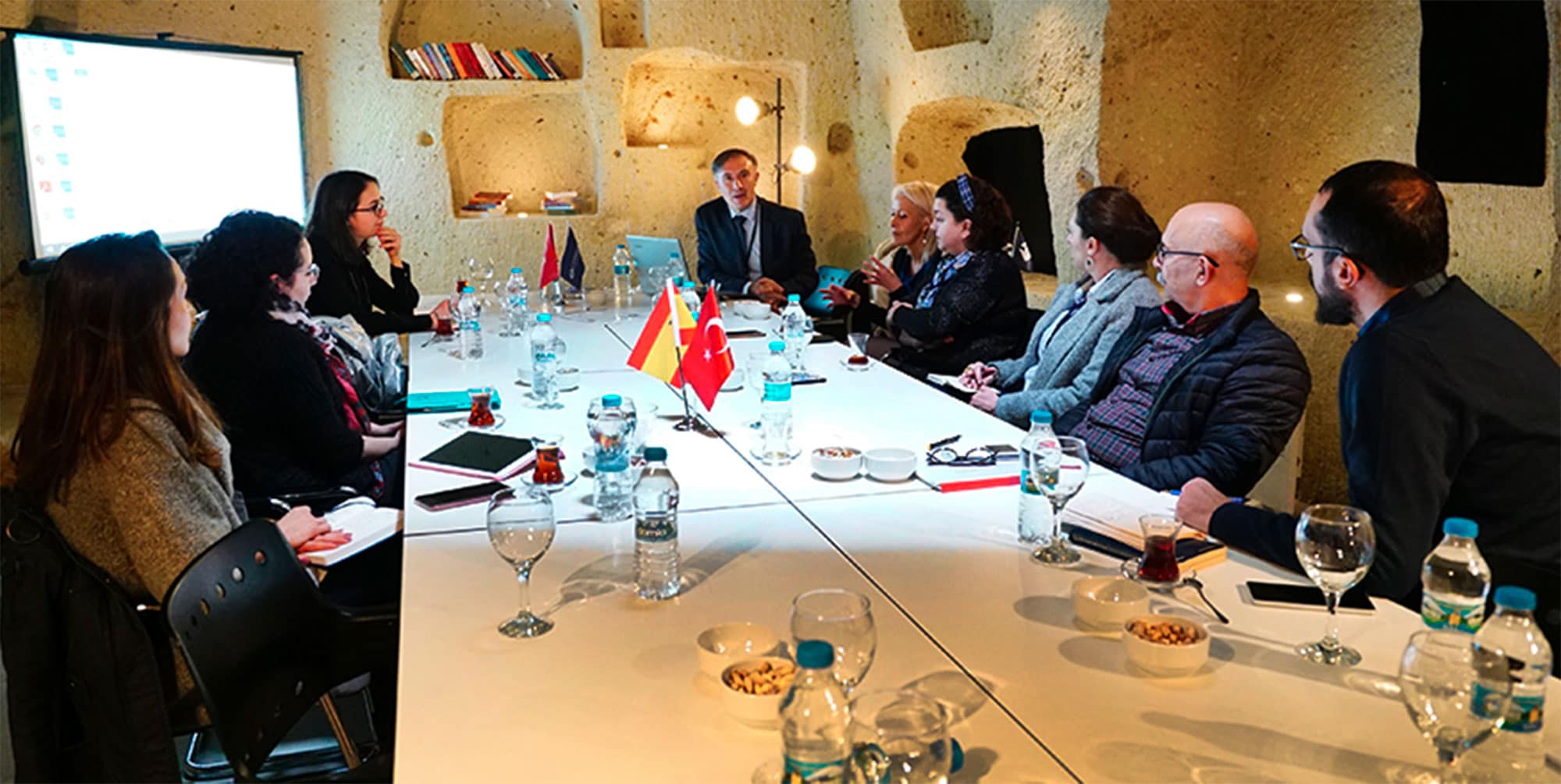

The action corresponding to workshops has been very significant and of great importance. My proposal on Construction and Environment conformed to this initiative fifteen years ago. For the first time in the school, future actions aimed at recycling, reusing, choosing ecological materials that guide bioclimatic architecture, where the resources are nature itself. Reflections about orientation, air management (ventilation), vegetation and sunlight are inherent to thermal efficiency. It was the foretaste of sustainability. This concept belongs to design but offers a different approach. Even though the architecture itself is sustainable, the reaction was immediate. These were new topics at the teaching level. The waiting list for this subject was endless until entire classrooms were set up to develop final projects under the described notions. This adventure reacted to the Professor who writes since this feedback put him in a position to study and deepen his knowledge in the demanded lines of work. The response or reaction was admirable. Many architects and building engineers who develop their profession today are highly concerned about environmental care (those who experienced those unforgettable moments of learning). In short, it was also a chain reaction, like the prestige of the Workshop, the relaxed atmosphere, the group work, the contribution of ideas, the discussion of statements meant something exciting with excellent results in most cases.
There is a particularly moving action in the group work of the subject Sciencia dei Materiali in the fourth year of Architecture at the Università della Basilicata in the city of Matera, whose head is Professor Graziella Bernardo. An idea was proposed associated with the theoretical contents of the subject, the materials, their composition, their behaviour, their manufacture, their installation, their characteristics... The students had to come up with a solution with a real physical location without leaving out any of the parameters. Therefore, they would also have to take into account the climate among other factors, as well as the sustainability and general behaviour of the chosen materials. Their reaction was to accept the challenge, allowing group support. Working groups were formed to discuss, contribute or agree on design ideas and where each one, depending on their most outstanding virtues (calculation, software handling, sketches) assumed a work role and responsibility. The results were excellent, demonstrating that group work, when well distributed and with each role assimilated, is fundamental. In addition, it was a way of putting into practice what would shortly after be their insertion into the professional sphere. The multidisciplinary procedure had already been rehearsed.
The actions that start through the organisation of conferences incite a curiosity from the first moment, this is the most immediate reaction: what will the speaker be like, what will he tell us, does he have a name and fame, why will he be, from here, if the speaker empathises and engages, a question concerning the organiser, a chain reaction of self-complacency is produced on the part of the spectator, who immediately connects, giving a very satisfactory result in a reciprocal way. There is no chain sequence, it is simply gestural and sonorous (vocal), by the one who initiates the action (speaker) and an undisguised reaction on the part of the one who receives the action (listener). Exactly as it happens in theatre where the actor is the alter ego of the speaker.

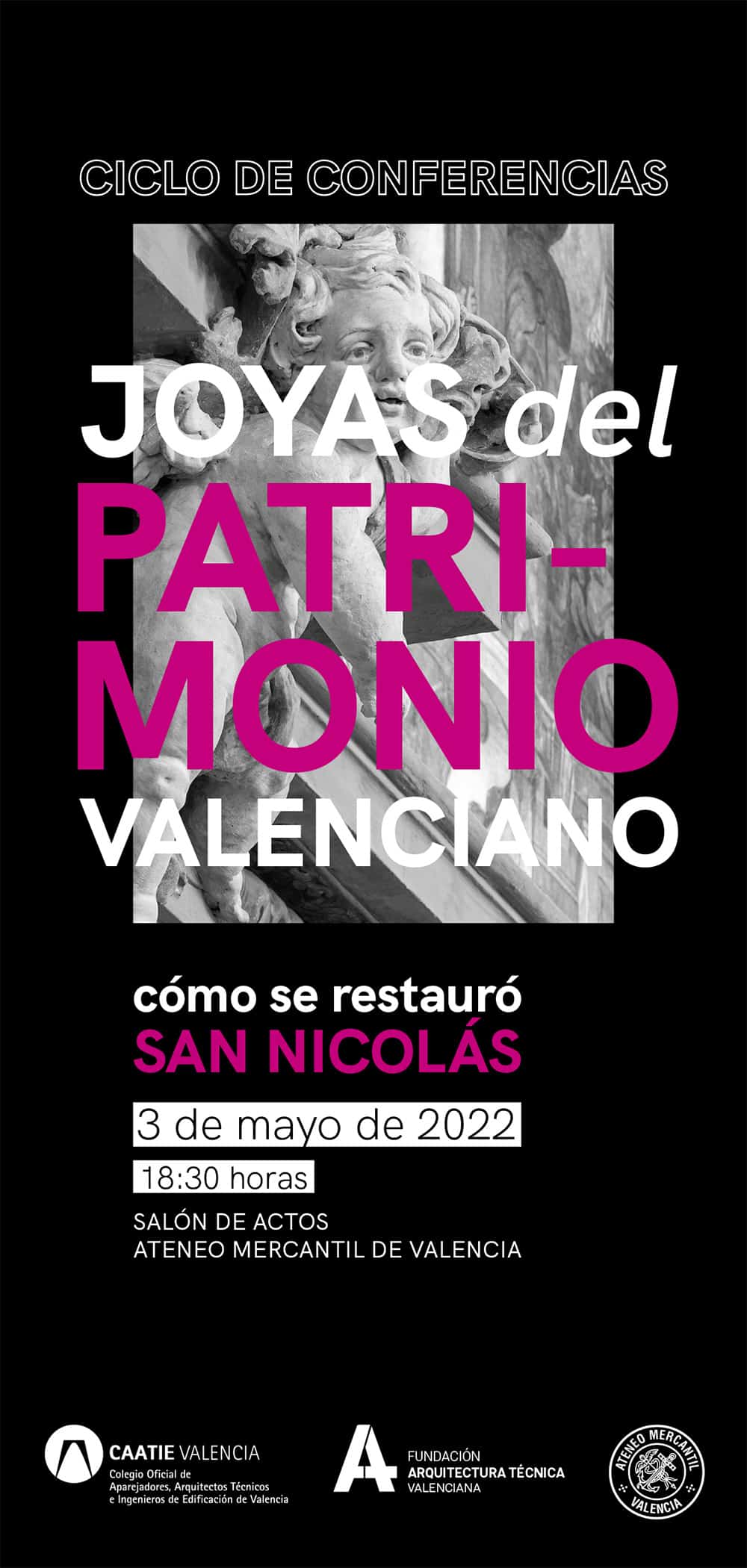
Exhibitions are actions with the sole purpose of showing a subject of study, the process and or the subsequent results. It can be in any of the variants mentioned, even separately or concatenated. Again, the reaction is the curiosity to see and verify novelties, technological advances, products developed by companies. The most frequent effect is the glimpsing alternatives, inclusion and participation in a project, work or research through this static and specific information. In short, here is a silent call for those who not only look but also see. Thus, a photography exhibition that I organised on the work of the famous Catalan architect Antonio Gaudí can lead the viewer to react (through curiosity) to be attracted by the fascination of Catalan modernism. For example, in the case of the craft trades (nowadays almost disappeared), the distinctive value to the architect's work lives. Under the shape of an exhibition, the interest may represent the starting point for forming part of a team. Something that was being sought suddenly appears before our eyes, like a stimulus to initiate another action that links up with the original one.